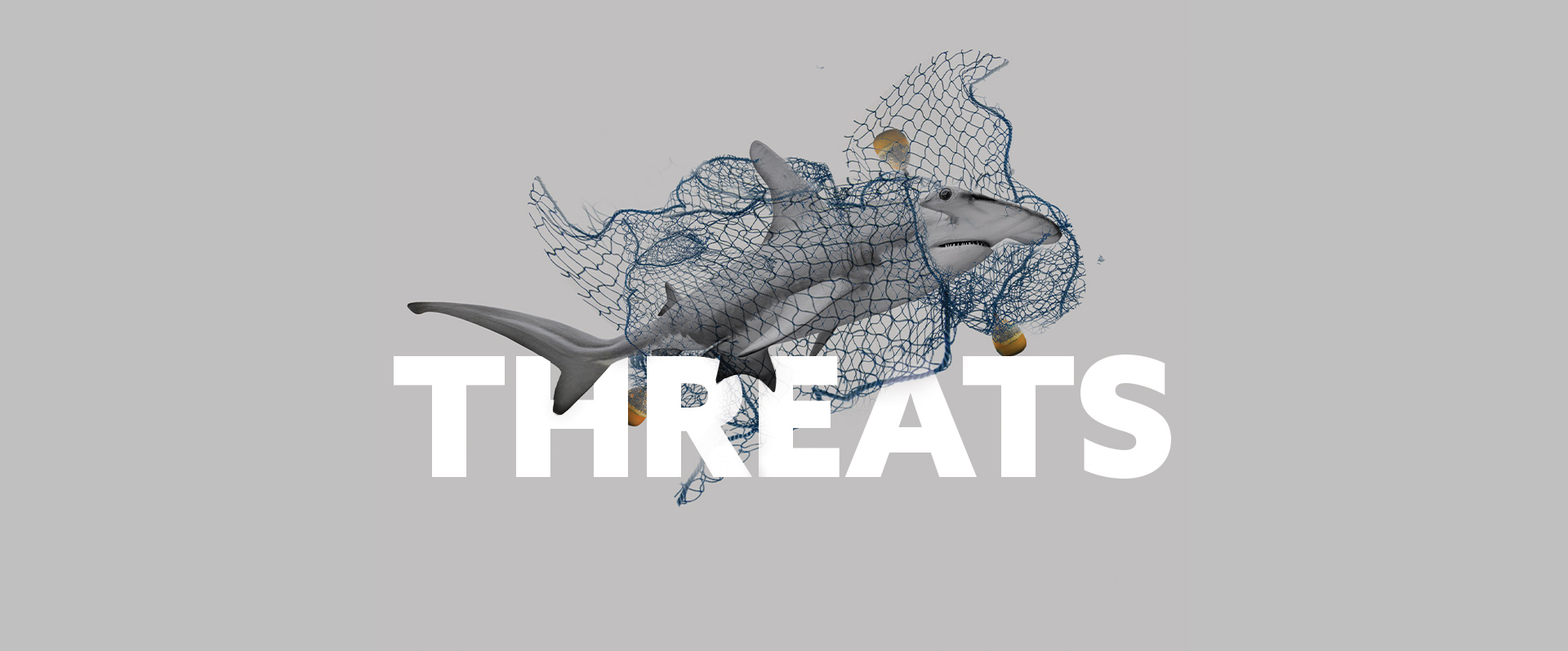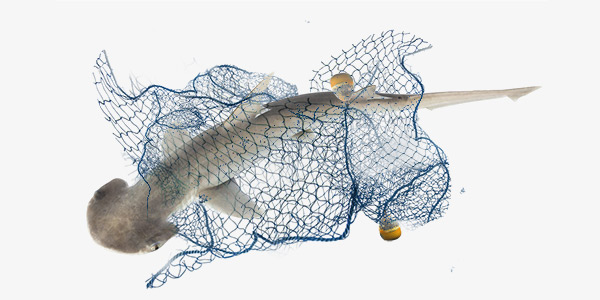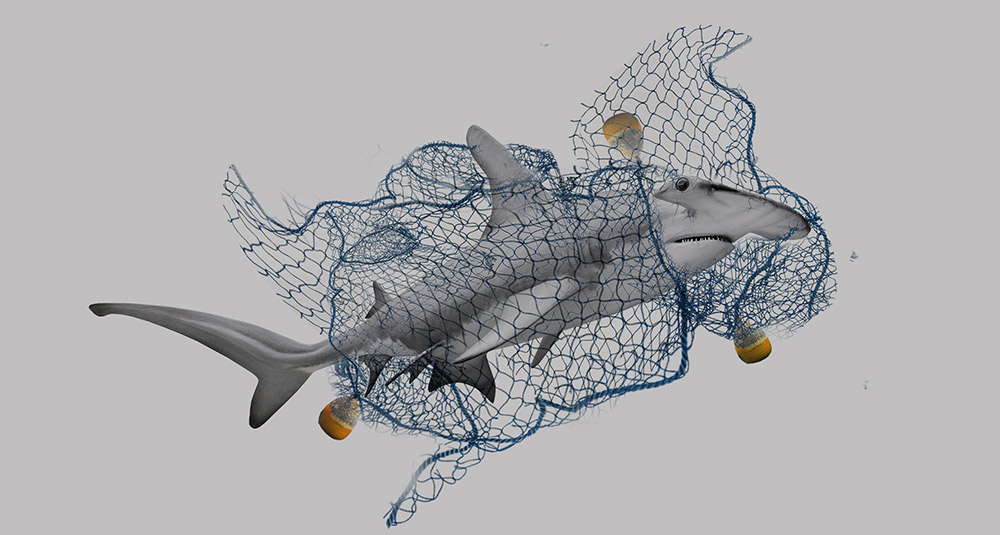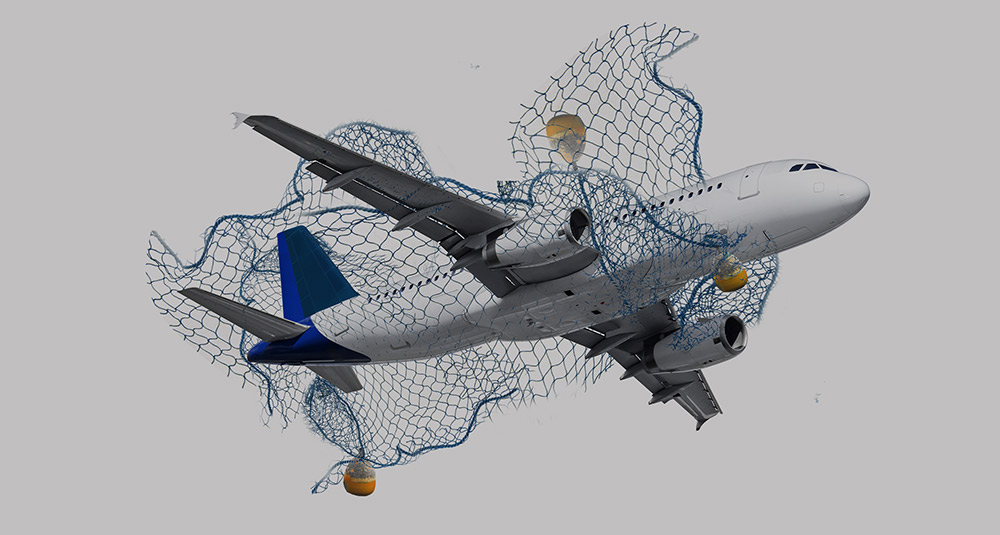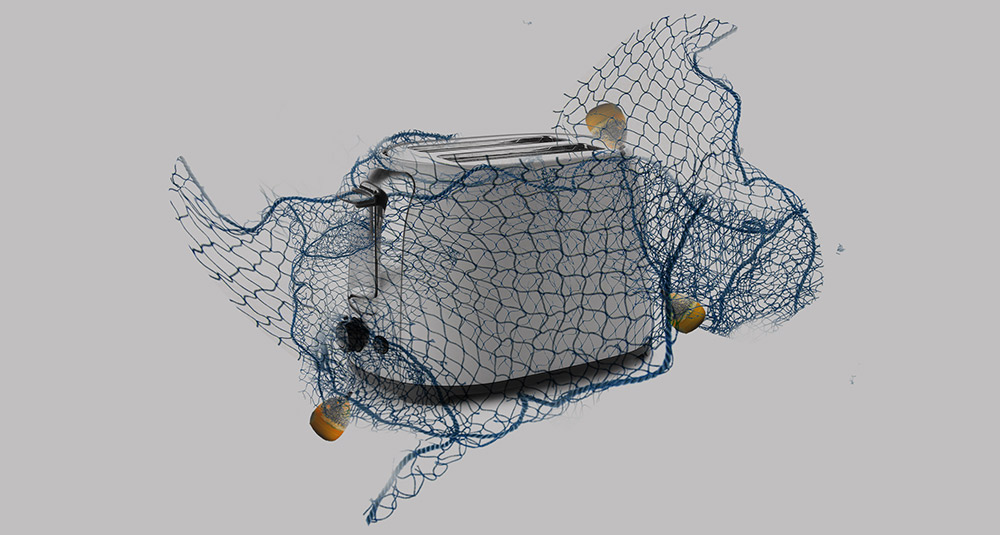BYCATCH
Bycatch is commonly defined as all non-target species caught by a fishery, whether discarded (often at sea) or landed.
It’s reported that 99 out of the 204 species of sharks, rays, skates and chimaeras that occur in southern Africa are targeted regularly or taken as bycatch. That means that nearly 50% of sharks and rays in our waters are fished, in one way or another. From 2010 to 2012, the reported “dressed catch” (the weight of the shark catch after their gills, guts and head have been removed and discarded at sea) was estimated to be 9 143 tonnes, meaning that two-thirds of the reported catch in southern Africa was bycatch (da Silva et al. 2015).
Most shark bycatch occurs in longline, gillnet, and trawl gear fisheries (Stobutzki et al. 2002; Jordan et al. 2013). Aside from the direct impacts on shark and ray populations and their ocean ecosystem, incidental catches can also be detrimental to fishers: when sharks are not retained for economic use, removing them from the fishing gear can be both costly and dangerous. When sharks are retained, they take up space on the boat and can cause fishers to take more trips out to sea; as a result, most incidental shark catches are not retained, and in most cases, are not reported (Campbell and Cornwell 2008).




